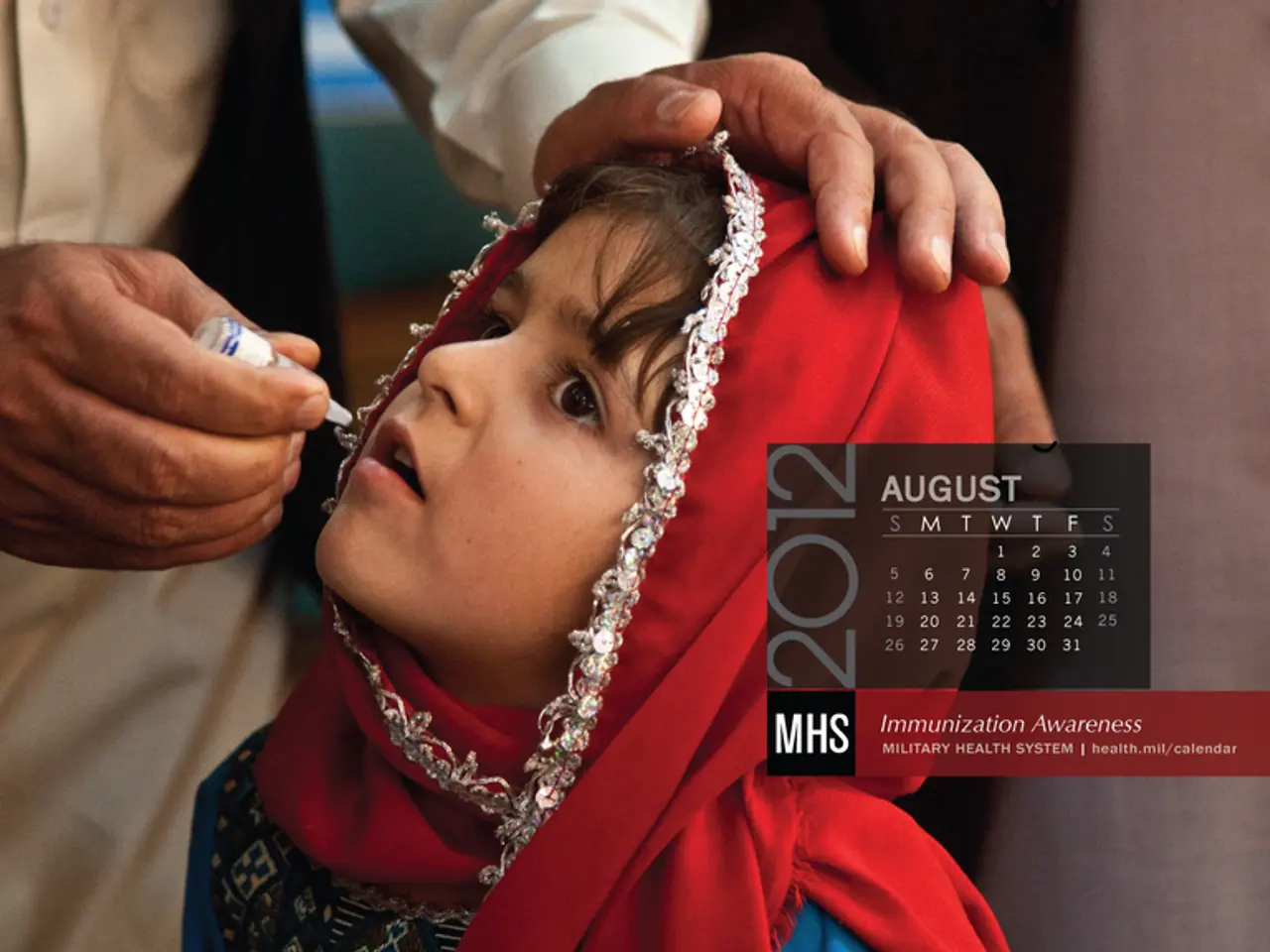Timing of Ovulation: Details on Duration, Symptoms, Fertility Potential, and Other Factors
In the realm of female fertility, the timing of ovulation plays a crucial role. This is because an egg is viable for fertilization for only about 12 to 24 hours after its release, making the fertile window a critical period for conception.
Typically, ovulation occurs mid-cycle, around day 12-14 of a 28-day menstrual cycle. However, this timing can vary among individuals. Precisely tracking ovulation, whether through hormonal monitoring or biomarker observation, helps identify the most fertile days.
Sperm, interestingly, can survive in the female reproductive tract for up to five days. This means that the fertile window spans roughly 5-6 days—the five days leading up to and including the day of ovulation. Having intercourse during this period maximizes the chances of conception.
One of the most reliable methods for tracking ovulation at home is by using Urinary LH kits. These kits detect the surge in Luteinizing Hormone (LH) that occurs just before ovulation, signalling the imminent release of the egg.
It's also worth noting that the increase in sexual desire during ovulation may begin 3 days before LH levels peak and last for around 6 days. This heightened libido can be a helpful indicator of the fertile window.
Ovulation pain, or mittelschmerz, typically occurs on the ovulating side and can last for 3-12 hours. While it might seem concerning, this pain is usually a normal part of the menstrual cycle.
However, it's important to seek prompt medical care if you experience intense pain that lasts for several days, pain that interferes with daily activities, vaginal bleeding, a fever, or any other concerning symptoms during ovulation.
Fertility apps are based on an algorithm and may not always be accurate. Therefore, it's essential to consult a doctor if difficulties conceiving extend beyond 12 months (or 6 months if over age 35) to evaluate ovulation and overall reproductive health.
In conclusion, the timing of ovulation defines the narrow fertile window during which conception is possible, making it the key factor in female fertility. The closer to ovulation, the better the chances of conceiving. By understanding this process and taking advantage of the fertile window, couples can increase their chances of achieving pregnancy.
- Some women might experience dermatitis due to the increased sensitivity of their skin during the fertile window.
- Migraines can sometimes become more frequent or severe during the same period due to hormonal changes.
- AQ (Air Quality) is important to consider for those trying to conceive, as poor air quality may negatively impact fertility.
- The health-and-wellness industry has developed predictive technologies to help women track their menstrual cycle and optimize timing for conception.
- Colitis, an inflammatory bowel disease like Crohn's, can affect fertility, making it harder for eggs to travel through the fallopian tubes.
- Women with psoriasis or psoriatic arthritis are at a higher risk of infertility due to the inflammatory nature of these diseases.
- Asthma can impact fertility as well, either by reducing sperm quality or potentially causing cervical mucus changes that impact egg survival.
- Ulcerative colitis and ulcerative disease can also cause irregular menstruation and reduce fertility.
- Expecting parents are often advised to avoid consuming eggs with high levels of mercury, which can increase the risk of degenerative diseases in their unborn child.
- Macular degeneration, a common eye disease associated with aging, can be minimized by maintaining a healthy diet during pre-conception and pregnancy.
- Science has shown that parental stress can negatively impact fertility by disrupting ovulation and sperm production.
- Women seeking fertility treatment or advice should consult a healthcare professional about atopic diseases like eczema or allergies that may affect conception, fertility, or the overall health of the developing child.




